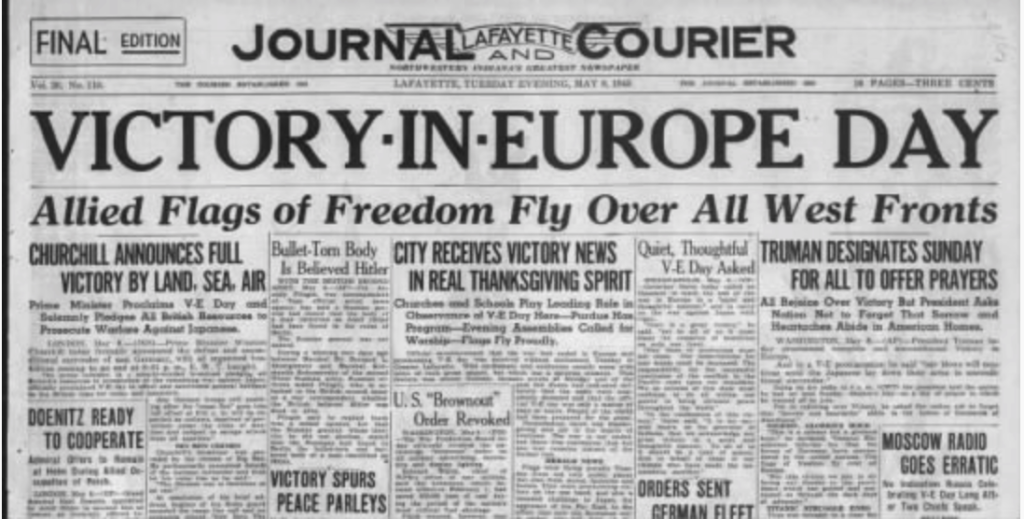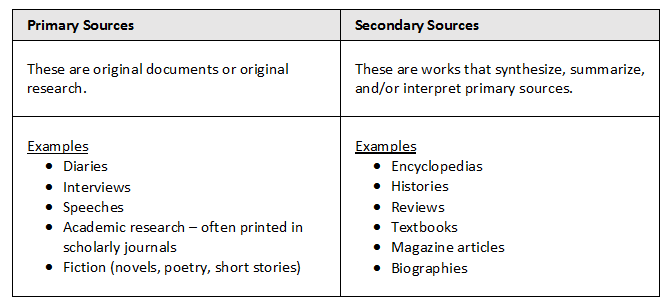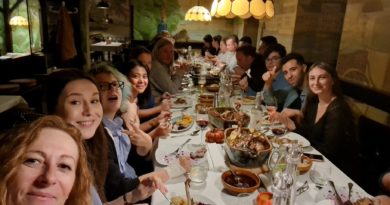How can we learn about the past?
Before teaching students about different parts of history, it is important for them to first consider the various ways in which it is possible to learn about the past. For example, students should explore the following questions: How do we know about the past? From historians? Well, how do historians know about the past? Do different historians have different interpretations of past events? What types of evidence can we use to learn about the past? What types of sources can we use to learn about the past?
Many students take history for granted and don’t consider how we actually have all of this information. So, before diving into our history units, I like to give students the opportunity to first consider the various types of sources and evidence that are used to teach us about historical topics.
Students are reminded that the study of history involves the interpretation of evidence that remains of the past. This evidence can come in different forms. For example, the ruins of an Ancient Greek city could provide us with a wealth of information regarding the way of life in Greece at that time, the various architectural styles from that period, system of government, art, religion, culture, and so on. A more contemporary example could be a newspaper from 1945 which would provide information that could be used to gain a better understanding WWII and how it was reported in the news.

What types of sources are there?
Students should be aware that historical sources are divided into two broad categories: primary sources and secondary sources. Primary sources are produced at the time of an event, or are artifacts from a certain point in history. Examples of primary sources include newspapers, diaries, photographs, letters, art, artifacts (e.g., pottery, clothing, old coins, jewelry, etc). Secondary sources, on the other hand, are produced at a later time than the original event, and typically involve some interpretation of past events. Secondary sources include history books, school textbooks, academic articles, biographies, websites, and so on.

When learning about history, students should remember to take a critical approach to the information they are hearing/reading. They should consider whether the information is from a primary source or a secondary source – and, if it’s from a secondary source, they should consider the interpretation and reliability of the author. When doing research for projects in my class, students are encouraged to find and make use of both primary and secondary sources. They usually find it easier to locate secondary sources, so I often have to encourage them to find at least one primary source as well!
In conclusion, instead of taking all we know about history for granted, students should remember to consider where all of this information comes from, while keeping in mind that there may be different interpretations of the same information. Not only is it interesting information, but it also builds their critical thinking skills, information literacy, and overall academic proficiency 🙂



